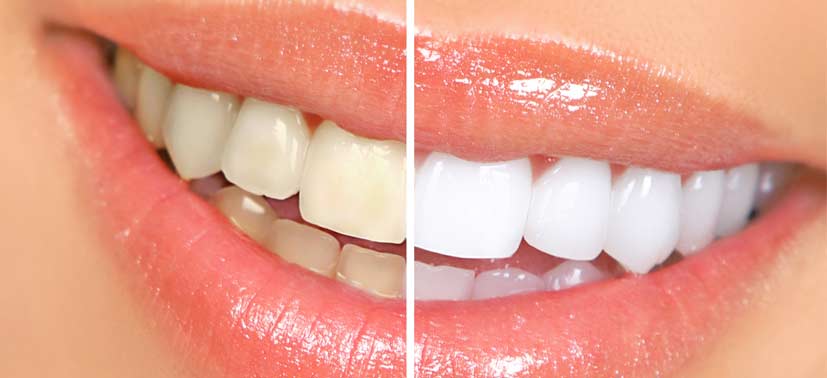There are two types of tooth stains – intrinsic (internal stain) and extrinsic (external stain).
Intrinsic stains occur from within the tooth, and cannot be removed by brushing and flossing; bleaching may also not be effective. Some causes of intrinsic staining occur from tooth injury, certain medications such as tetracycline, or an excess fluoride ingested during the formation of teeth.
Extrinsic stains usually only involve the tooth surface and are typically caused by ingestion of stain-causing foods and beverages. This type of staining can sometimes be removed by good oral hygiene or professional cleaning.
Teeth whitening can restore your child’s teeth to their earlier brightness. There are a number of options today.
Whitening toothpastes can help remove surface stains through the action of mild abrasives. Some whitening toothpastes have special chemical or polishing agents that provide additional stain removal, but unlike bleaches, don`t change the color of your teeth. Whiteners may not correct all types of discoloration. For example, yellow teeth will probably bleach well, while brownish-colored teeth may bleach less well, and greyish teeth may not bleach well at all. In addition, bleaching or whitening may not be effective if you have had bonding or tooth-colored fillings placed in your front teeth. In such cases, you may want to consider porcelain veneers or dental bonding.
